From the 1800s onward, coffee cultivation arrived in Vietnam through French colonial missionaries and has since deeply embedded itself in Vietnamese agriculture. Through decades of development, coffee has evolved into a highly profitable crop, propelling Vietnam to its position as the world’s second-largest coffee exporter.
Two primary coffee varieties dominate Vietnam coffee plantation areas: Arabica and Robusta. Beyond the characteristic bold and intense flavors, each vietnam coffee region imparts unique taste profiles influenced by local climate conditions and terroir.
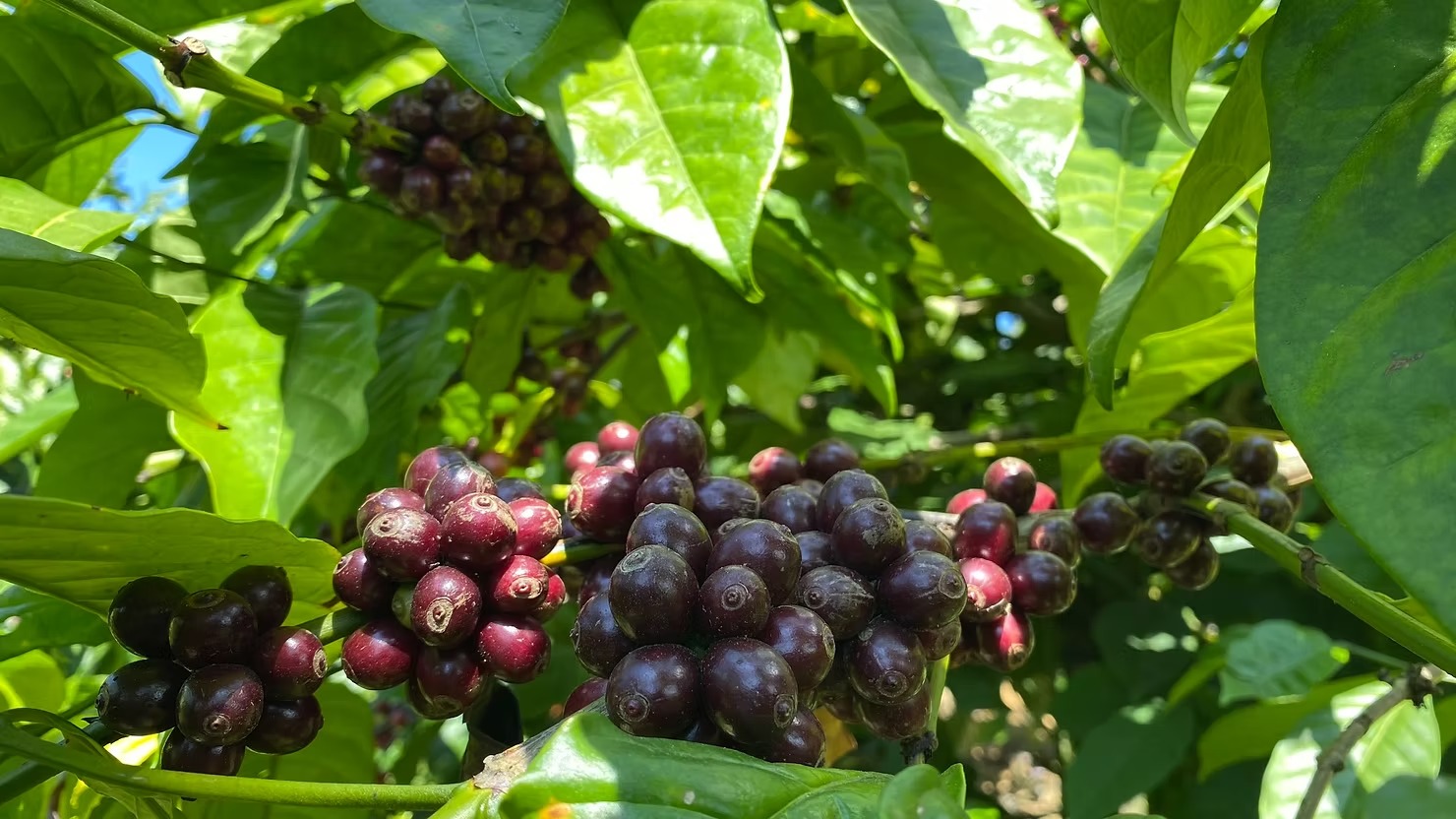
The geographic spread of vietnam coffee farms depends on the perfect alignment of favorable weather patterns, suitable topography, and skilled cultivation practices. Geographic positioning plays a crucial role in enabling Vietnamese coffee production to achieve remarkable competitive advantages. Coffee cultivation thrives in elevated mountainous territories (approximately 600 meters altitude). Given Vietnam’s incredibly diverse topographical landscape, coffee plantations are scattered unevenly throughout the country’s distinctive S-shaped geography. Cultivation concentrates primarily in Vietnam’s highland mountain areas. Join Hello 5 Coffee as we explore the most renowned vietnam coffee growing regions to gain deeper insights into coffee cultivation—a cornerstone of Vietnam’s economic prosperity!
Vietnam is celebrated for 3 primary vietnam coffee regions: the Northwestern highlands, the Central Highlands plateau, and the Central coastal region.
1. Northwestern Highlands (Tây Bắc)
The Northwestern territory stands out for its intricate, fragmented topography. This vietnam coffee region encompasses numerous medium-to-high elevation mountains interspersed with valleys of varying sizes. Notable plateaus include the Son La highland and Moc Chau plateau areas.
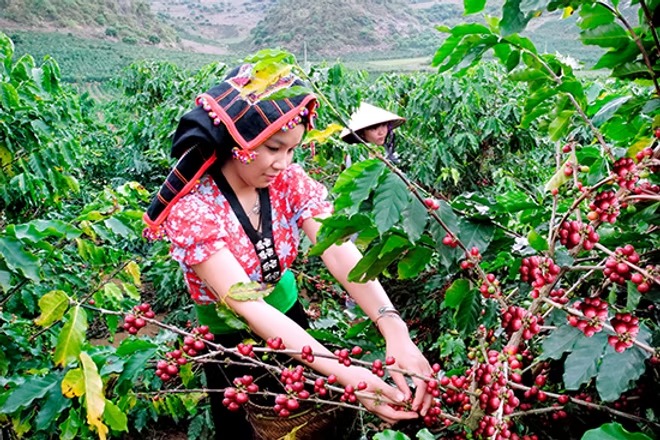
Local terrain characteristics present non-optimal elevations, ranging merely 400-500 meters, yet remarkably support Arabica coffee cultivation. This vietnam coffee plantation zone has gained recognition as a premier Arabica-producing territory in Vietnam. The harvest quality remains excellent due to distinctive climatic patterns associated with its northern latitude positioning.
Research conducted by the Vietnam Coffee and Cocoa Association validates that beyond the successful Arabica vietnam coffee farm operations in Muong Ang, Dien Bien province, numerous additional locations demonstrate strong Arabica cultivation potential, significantly expanding Northwestern Arabica acreage. The Northwestern region possesses tremendous capacity for premium Arabica production, providing solid foundation for believing in “Specialty Coffee made in Tay Bac – Vietnam.”
Read more: The History of Vietnamese Coffee
2. Central Highlands (Tây Nguyên)
Historical records show coffee plants arrived in Vietnam with French missionaries in 1857. Initially, French colonists established vietnam coffee farms in northern provinces. However, disappointing yields and quality prompted exploration of alternative cultivation zones across the nation.
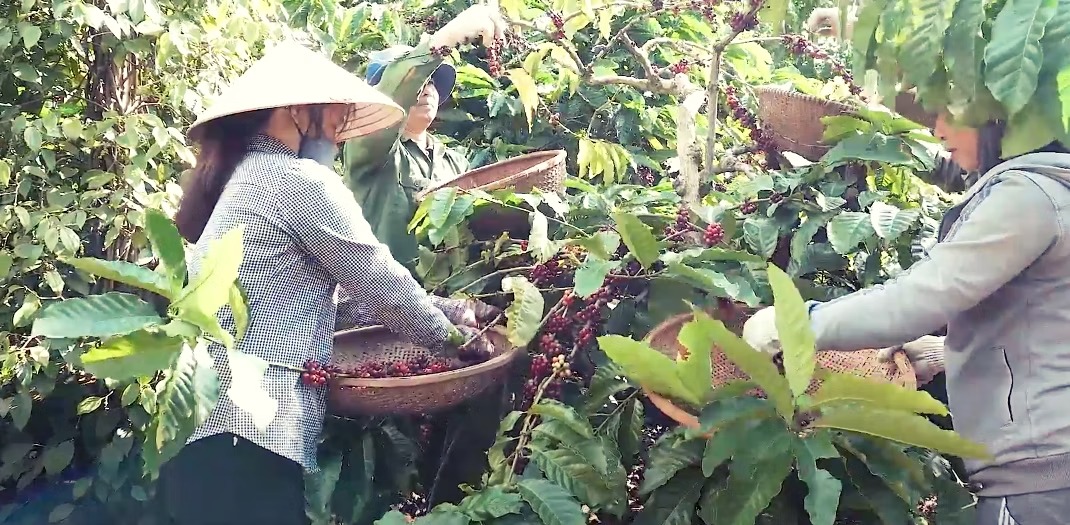
Upon reaching the Central Highlands’ rolling hills and mountains, French agronomists meticulously analyzed soil composition and climatic characteristics before introducing coffee cultivation. Remarkably, the Central Highlands terrain proved ideal for coffee development, particularly Robusta varieties. This Central Highlands belt benefits from abundant basaltic red soil deposits (2 million hectares, representing 60% of national basalt reserves), featuring excellent mechanical properties, superior water retention, strong nutrient absorption capabilities, and granular structure with 62-65% average porosity. Additionally, these plateaus sit 500-600 meters above sea level with cool, precipitation-rich climates perfectly suited for Robusta and other industrial crops. These factors explain why Central Highlands Robusta has achieved legendary status among vietnam coffee regions.
Prominent vietnam coffee plantation locations in the Central Highlands include: Dak Mil (Dak Nong), Dak Ha (Kon Tum), Chu Se (Gia Lai). Most notably, Buon Ma Thuot in Dak Lak province is recognized as the world’s premier coffee-producing hub.
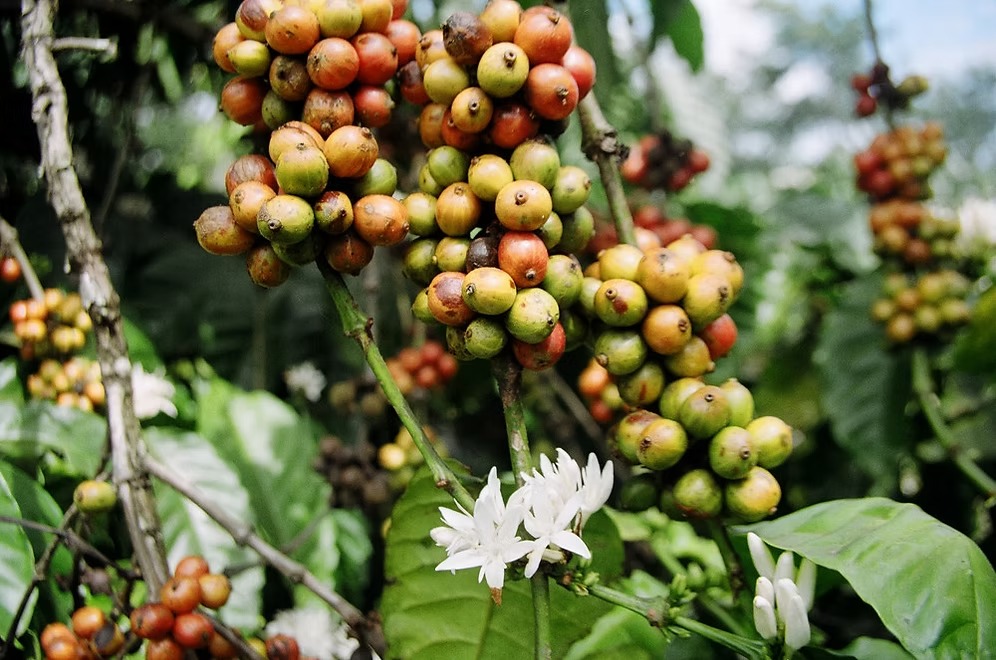
Buon Ma Thuot represents Vietnam’s original coffee heartland. French colonists conducted exhaustive surveys examining soil quality, climate patterns, elevation, and ancient alluvial deposits before designating Buon Ma Thuot as the specialized Robusta production center. Within a 10-kilometer radius from Buon Ma Thuot, vietnam coffee farms in areas like Ea Kao, Etam, Tan Lap, Tan Hoa, Tan An, Tan Loi, Cu Ebur, and districts including Cumgar and Krong Ana produce exceptional physical quality Robusta. This regional coffee is particularly valued for strengthening Espresso blends (Milanese style) in small proportions. As one of eight first-tier provincial cities and a strategically vital center for national security, Buon Ma Thuot receives substantial government investment in infrastructure development. Leading national Robusta production and contributing to Vietnam’s number-one global coffee export ranking, while delivering the highest quality and most distinctive flavor profiles, Buon Ma Thuot rightfully claims the title of “coffee capital.”
Gia Lai province is renowned for Chu Se coffee, a district situated 40 kilometers south of Pleiku city. With 12,000 hectares of vietnam coffee plantation area, it produces coffee characterized by intense, fiery flavors. This province also encompasses other productive vietnam coffee farms with impressive output and quality, including Chu Pa, Ia Sao, and An Khe.
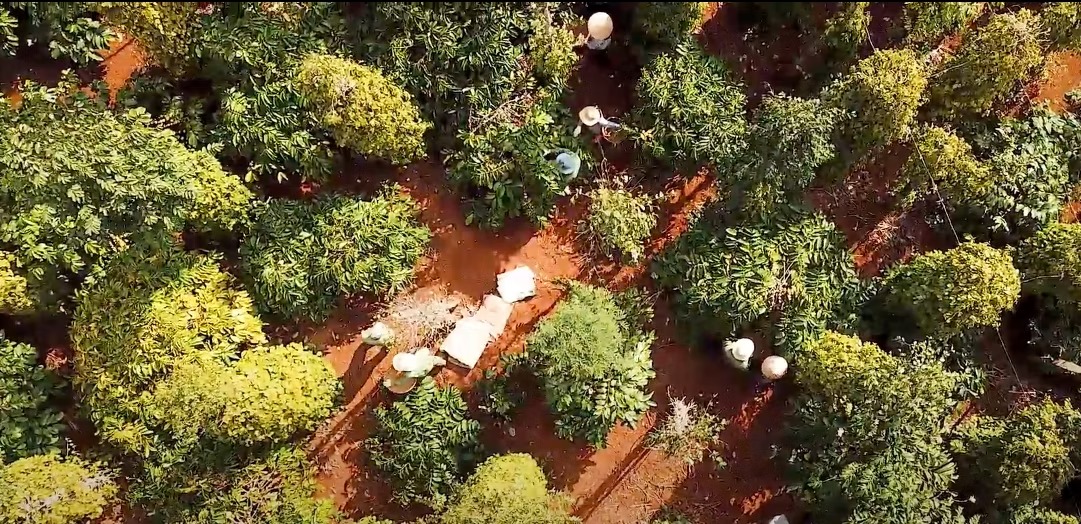
Beyond Robusta production, the Central Highlands also generates consistent annual Arabica harvests, locally known as Cau Dat coffee, distinguished by exceptionally alluring aromatics. Despite sharing the Central Highlands geography, Cau Dat, Nui Min, and Tram Hanh coffees from Lam Dong province exhibit distinct characteristics. These showcase the captivating aroma of Arabica coffee, which enjoys worldwide popularity.
Generally, Central Highlands coffee demonstrates characteristics including: elevated caffeine concentration, robust taste profiles, and minimal acidity. Flavor notes sometimes suggest butter, oil, or caramel undertones. Other times, they evoke the essence of highland sunshine and mountain breezes.
Read more: Where to buy Vietnamese coffee
3. Central Coastal Region (Trung Bộ)
Vietnam’s central coastal region also contains high-altitude areas, though not ideally suited for Arabica cultivation. Nevertheless, Arabica production occurs in Quang Tri and Nghe An provinces. Particularly in Khe Sanh, located in Huong Hoa district, Quang Tri province, famous premium Arabica cultivation continues expanding to satisfy increasing market demand.
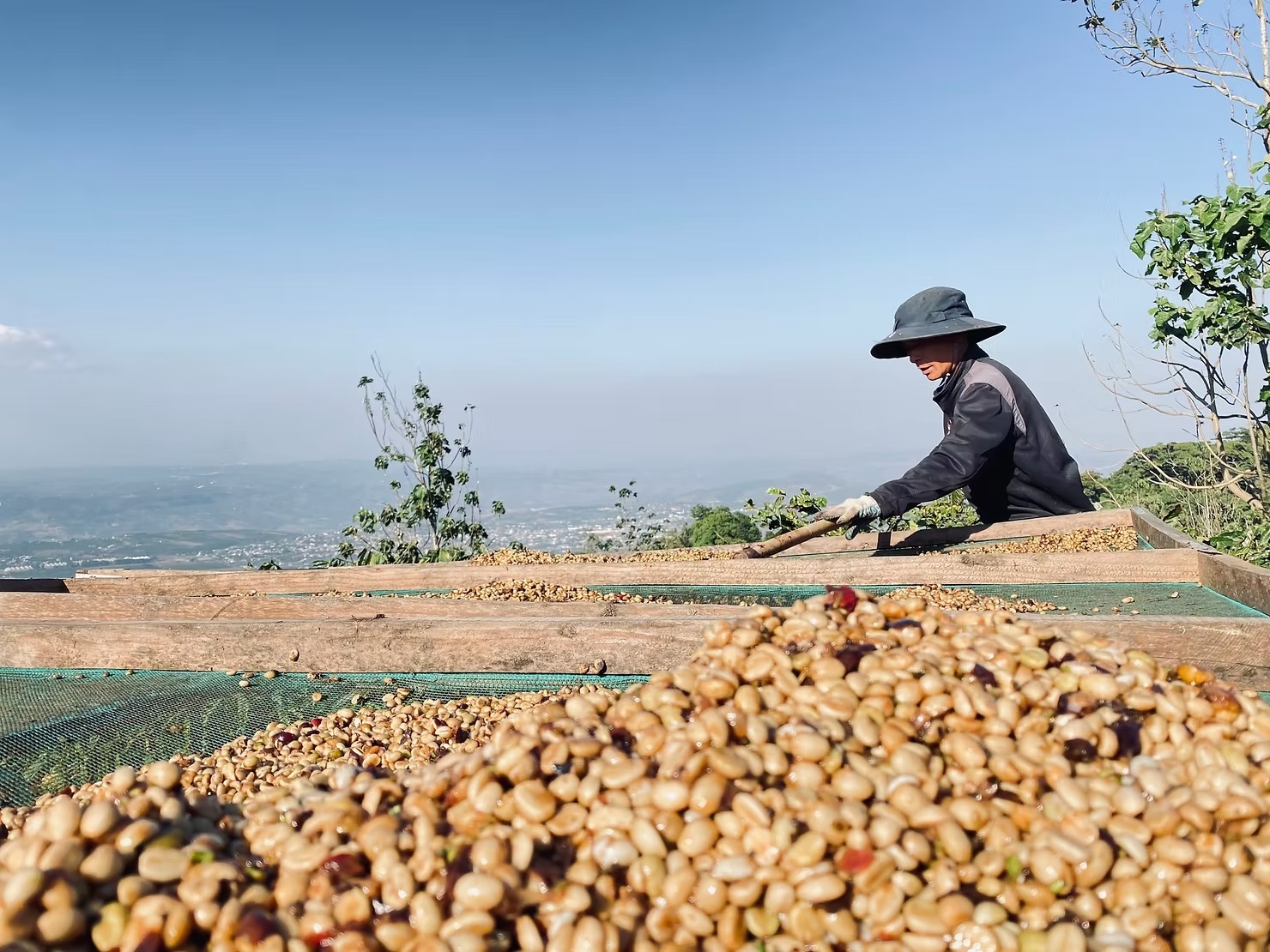
Khe Sanh (Quang Tri) represents another significant vietnam coffee growing region for Arabica and Catimor (jackfruit coffee) cultivation, benefiting from appropriate elevation and plains exposure to dry Laotian winds originating from Central Asia’s arid deserts, cultivated by Vietnam’s most resilient farming communities. However, Khe Sanh’s (Quang Tri) and Phu Quy’s (Nghe An) geographical and climatic conditions better suit Catimor varieties. Catimor represents a crossbreed between Caturra (Arabica) and Hybrid de Timor (an Arabica-Robusta hybrid). When cultivated in this vietnam coffee region, the coffee lacks the pronounced sweetness of Bourbon varieties, but Catimor delivers profound aromatics with sharp, savory taste characteristics.
Additionally, Phu Quy supports Arabica vietnam coffee farm operations that flourish remarkably well despite terrain elevations of only 50-80 meters (compared to optimal heights of 1000-1600 meters), even facing harsh Laotian winds. This success stems from volcanic basaltic red soil composition considered ideal for coffee cultivation. Currently, however, local coffee acreage and yields have declined.
Read more: What makes Vietnamese coffee so special

We’ve now explored Vietnam’s premier coffee cultivation territories as documented by Hello 5 Coffee. This overview enhances your understanding of coffee varieties across different national regions. Various coffee types across diverse vietnam coffee regions yield distinct quality characteristics. Armed with this knowledge, you can confidently distinguish and select coffee varieties matching your preferences.
Thank you for your continued support of Hello 5 Coffee. Keep following Hello 5 Coffee for valuable insights and compelling stories about coffee culture!
